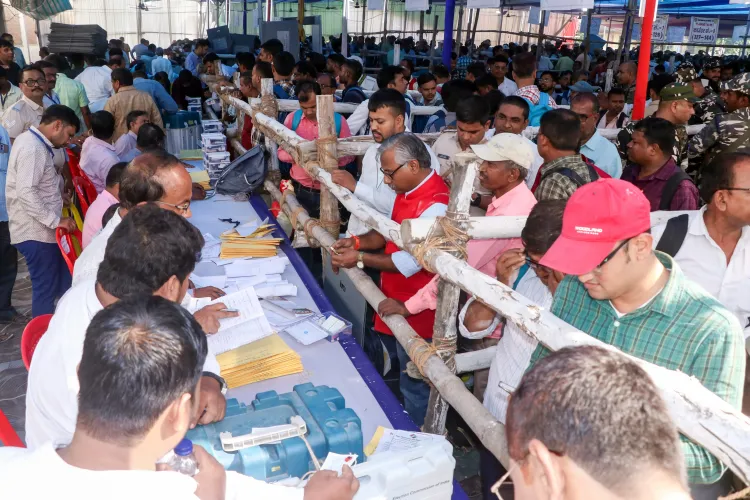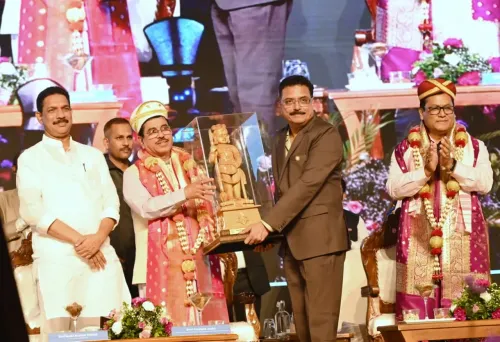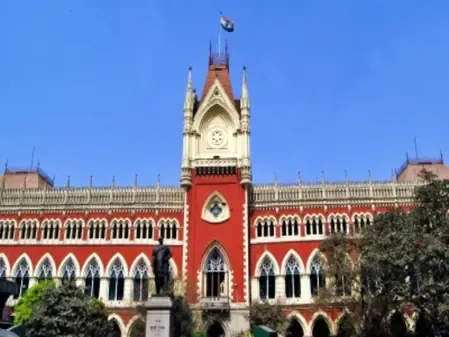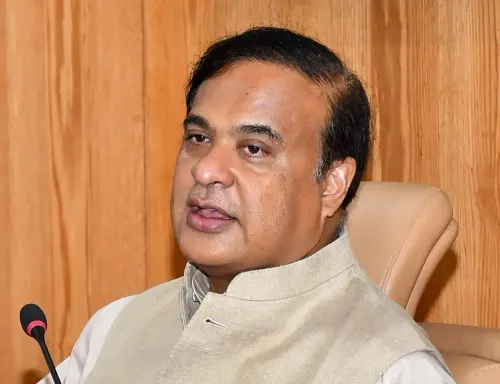How is Bihar Preparing for the Decisive Counting of Votes Tomorrow?

Synopsis
Key Takeaways
- Counting begins at 8 a.m.
- Postal ballots will be counted first.
- Over 18,000 counting agents will supervise the process.
- Stringent security measures are in place.
- Historic 67.13% voter turnout recorded.
New Delhi, Nov 13 (NationPress) As Bihar gears up for the crucial vote counting tomorrow, election officials, political entities, and thousands of personnel have finalized preparations for a stringently scheduled, highly secured, and meticulously observed process that will establish control over the 243-seat Assembly.
Counting is set to begin at 8 a.m., starting with postal ballots, followed by the results from Electronic Voting Machines (EVMs) after a brief interval.
This marks the first Assembly election in Bihar since the Covid pandemic, occurring alongside the Special Intensive Revision (SIR) of the electoral roll initiated this year, a first in over two decades.
Officials have assured that EVMs are securely stored in strongrooms with a double-lock mechanism and that stringent protocols are in place for their handling and movement throughout the night leading to the counting day.
Post-counting, a random selection of five polling stations per constituency will undergo Voter Verifiable Paper Audit Trail (VVPAT) verification. The slips will be compared with EVM results in the presence of candidates and their counting agents.
Broad trends may be visible by midday, with final results expected by the evening.
The counting process will involve a combination of machine-read tallies and VVPAT verifications, ensuring a comprehensive review.
Once an EVM is placed on the counting table and the necessary tests are completed, officials will extract vote totals by candidate.
In specific locations, officials will also count VVPAT slips as per regulations. These slips will be cross-verified with EVM totals to ensure the accuracy of the recorded votes.
Counting will be organized in batches based on the number of polling stations and EVMs allocated to each constituency. Each counting table will manage a designated set of machines and will repeatedly record subtotals on official documents.
Returning Officers will compile subtotals, reconcile VVPAT checks when applicable, and announce the official constituency-wise totals, which will ultimately determine winners and victory margins.
Any discrepancies or challenges during the counting phase will prompt immediate procedural reviews and logs to ensure issues are addressed on site rather than later through disputed claims.
Notably, Bihar voters have achieved a milestone with a remarkable 67.13% voter turnout.
This compares to a 62.57% turnout in the 2020 Assembly elections and 64.6% in the 1998 Lok Sabha elections.
Furthermore, no repoll requests were made by any of the 2,616 candidates or the 12 recognized political parties.
The Election Commission of India has arranged for counting in all Assembly Constituencies, where 243 Returning Officers (ROs) will oversee the process with the support of 243 Counting Observers and candidate agents.
A total of 4,372 counting tables have been established, each staffed with a counting supervisor, assistant, and micro-observer, alongside over 18,000 counting agents representing the candidates to supervise the proceedings.
The presence of central observers, state election officials, and candidate agents is intended to ensure a multi-layered oversight; counting halls will be accessible to authorized candidate agents, whose attendance is meticulously recorded under strict regulations.
Security measures around counting venues have been significantly heightened. Central paramilitary forces are on hand to provide an inner security perimeter, while state police maintain the outer boundary.
Additionally, provisions for CCTV surveillance and video recording of the entire counting process have been implemented to guarantee transparency and establish an audit trail in the event of disputes.
To minimize the potential for allegations or misunderstandings, the Commission and local administrations have reinforced the practice of video-recording counts and permitting candidate agents to be present during each step from strongroom access to vote tabulation.
District Magistrates have also enforced prohibitory orders on political processions, rallies, or mass gatherings near counting locations throughout the counting period and the immediate aftermath of declarations to prevent any disturbances.









